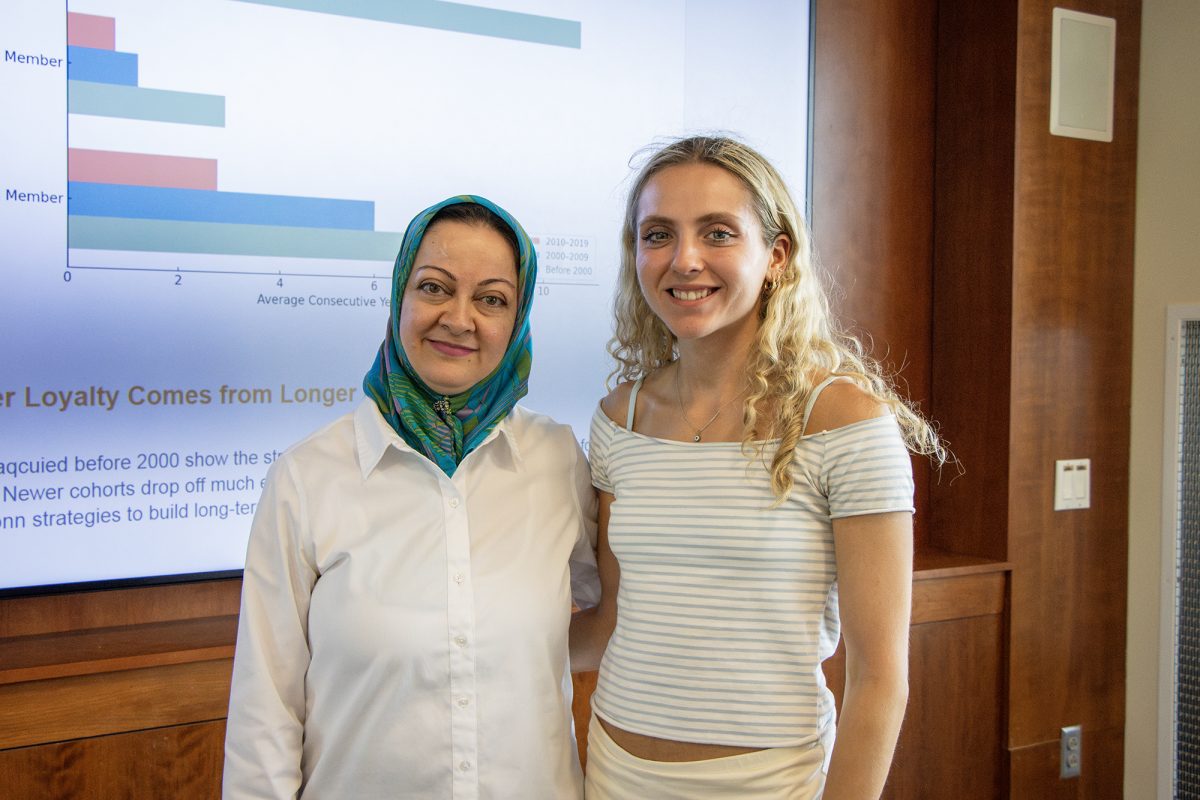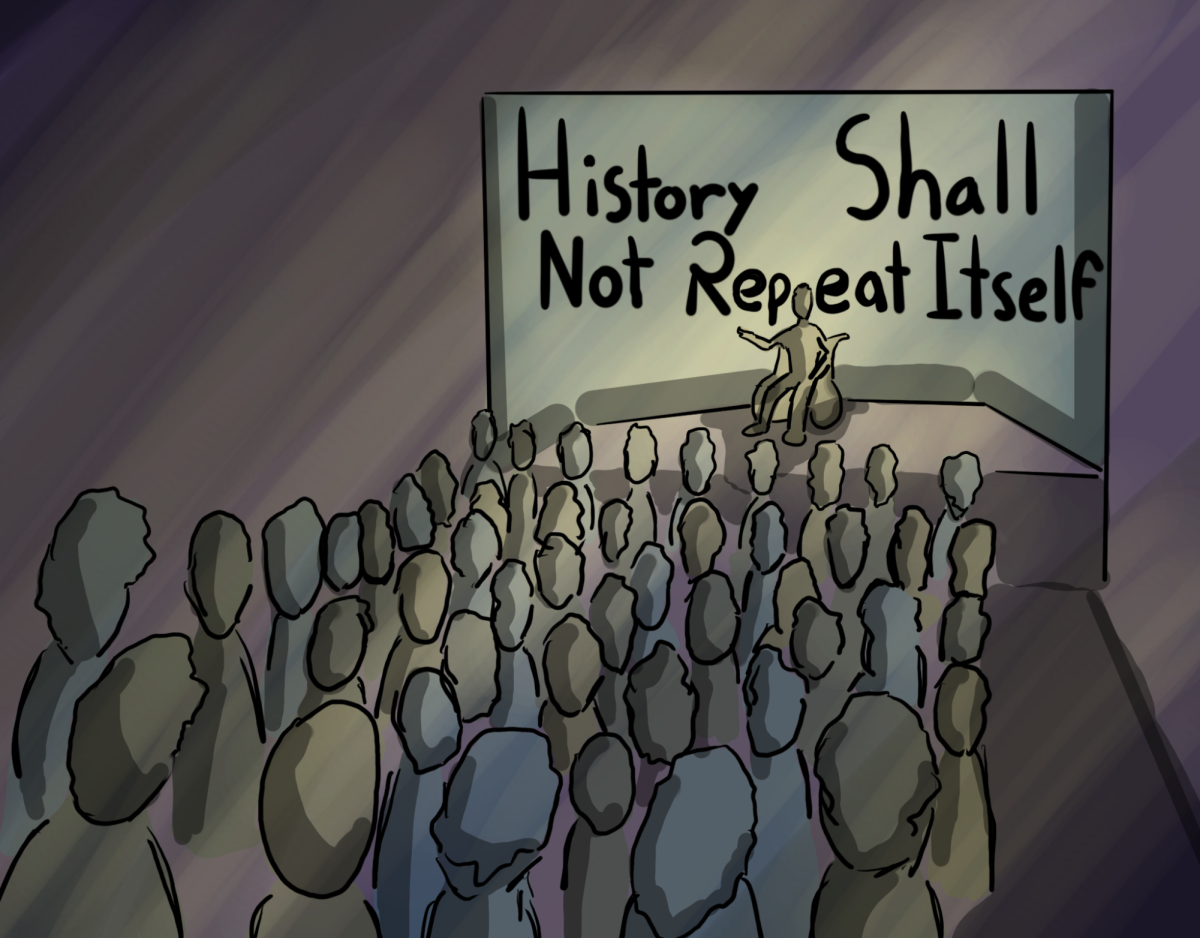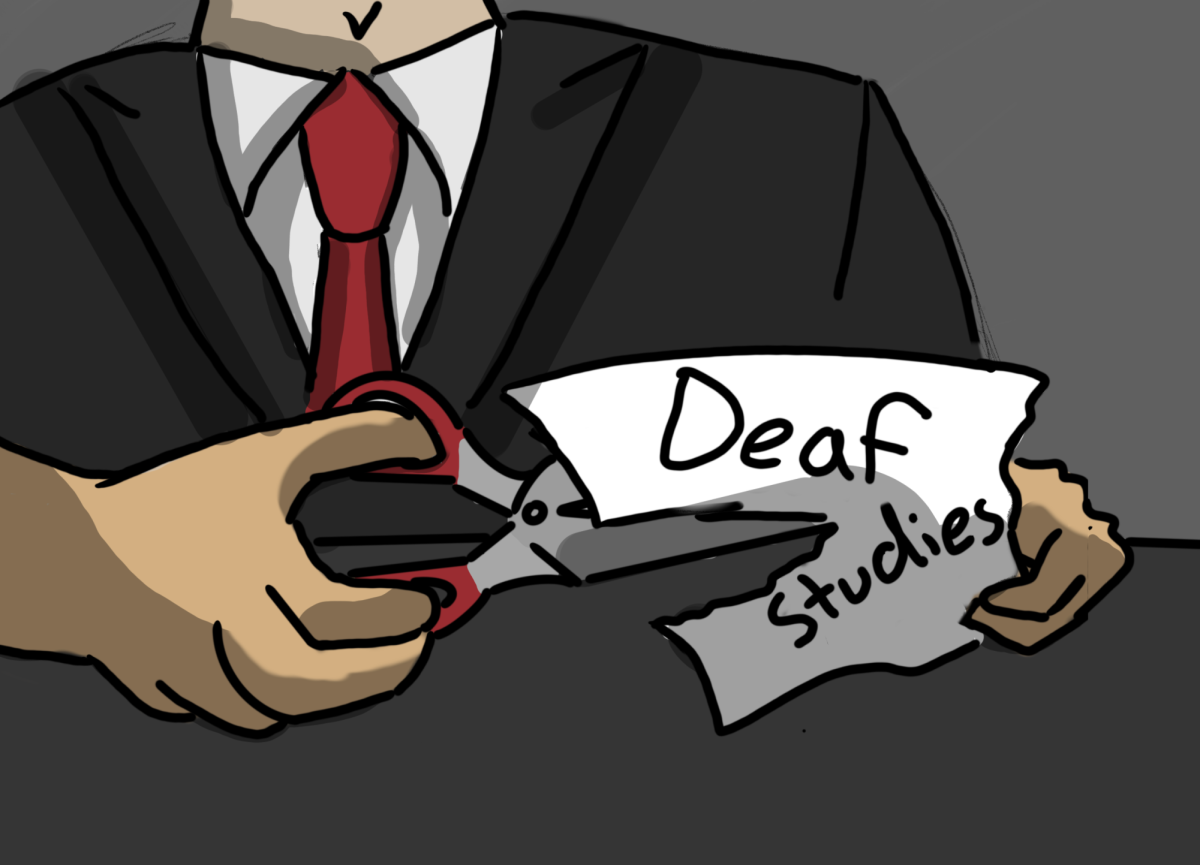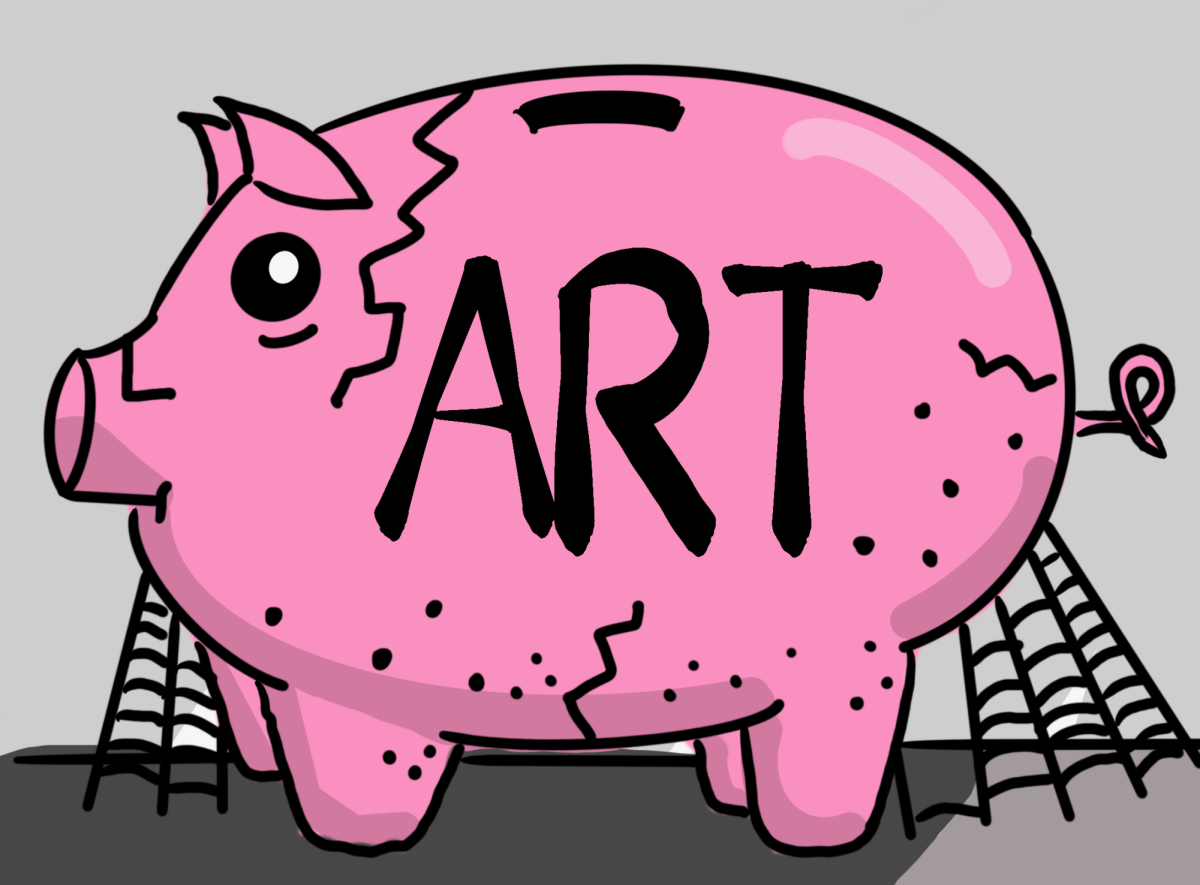Editor’s Note: This is a guest commentary. The opinions do not necessarily reflect the views of the editorial board.
A few years ago, the music history curriculum here at Ithaca College was updated to include more diverse topics and underrepresented voices, de-emphasizing the Western Classical canon. However, in the curriculum’s current case study format, it does not prepare students for success as professionals in a diverse world. An inclusive, empowering curriculum must effectively survey specific works and composers in the Western Classical canon more, alongside highlighting historically excluded voices and modern musical styles/genres.
The current curriculum features frequent case studies where a short lecture is followed by a group presentation. Student groups are assigned topics relating to the primary focus of the week. Examples include various 19th and early 20th century composers, the Lincoln Center and the history of various instruments like the banjo. Groups take turns presenting their findings to the class. In theory, this idea utilizes the educational framework of peer learning to emphasize student agency in their education.
In my personal experiences with the current curriculum however, it negatively impacts students’ learning in its attempt to avoid imposing existing perspectives from the professor on students. Some people have dedicated their entire careers to studying just one of these topics; undergraduates cannot effectively teach other undergraduates about these topics in a five-minute group presentation prepared within one week. As a result of this course format, many presentations feel shallow, lacking concrete musical examples and interdisciplinary threads to help students retain broader concepts.
This is troubling because it can deepen a learning gap that formed prior to college. Students, especially students who do not have access to a preparatory pre-college music education, may enter college without significant exposure to musical archetypes. Understanding a reference to a “Mendelssohn Scherzo”-style articulation or a “Kraftwerk synth-pop” rhythmic motor enables students rather than restricts them to a canon of work. Establishing musical archetypes can create starting points for students to further their musicianship, efficiently communicate in rehearsal and potentially explore historically underrepresented works/styles.
Studying these musical archetypes is important for programming and administrative decisions as well. Recently, the Cayuga Chamber Orchestra has been auditioning new conductors at concerts, each featuring one of Beethoven’s even-numbered symphonies. This was a deliberate administrative choice as Beethoven’s even-numbered symphonies were more conservatively composed compared to their fiery odd-numbered counterparts. This reduces implicit biases regarding a conductor’s interpretation and allows fairer comparisons between candidates. Thoughtful study and application of the Western Classical canon can contribute to diversifying classical music, opening doors rather than closing doors.
This does not mean the current curriculum completely fails to improve on a traditional, Eurocentric, lecture-based curriculum. There is a definite limit to the topics that can be covered within a three-semester sequence, and I believe the new curriculum successfully arms students with research strategies to further their learning. While popular, folk and contemporary music does not need legitimizing by Western academics to be respected and seriously studied, the curriculum’s inclusion of these topics broaden the creative and scholarly horizons of students. I believe these are very important steps toward a curriculum that empowers students and reflects our vibrantly diverse musical world.
Ultimately, the most empowering music history curriculum will contextualize the interconnected nature of music and society through examining musical archetypes from a range of composers and musical styles, both those included in older Eurocentric curricula and those excluded. It is possible to study the Western Classical canon in depth while emphasizing it is not the only history worth learning. When an undergraduate music history curriculum is unable to effectively accomplish this balance, it fails to prepare students for success as professionals and perpetuates a barrier to the deeply enriching study of music and music history.
Kellen Ko (they/them) is as senior flute performance and music education major. Contact them at [email protected].














